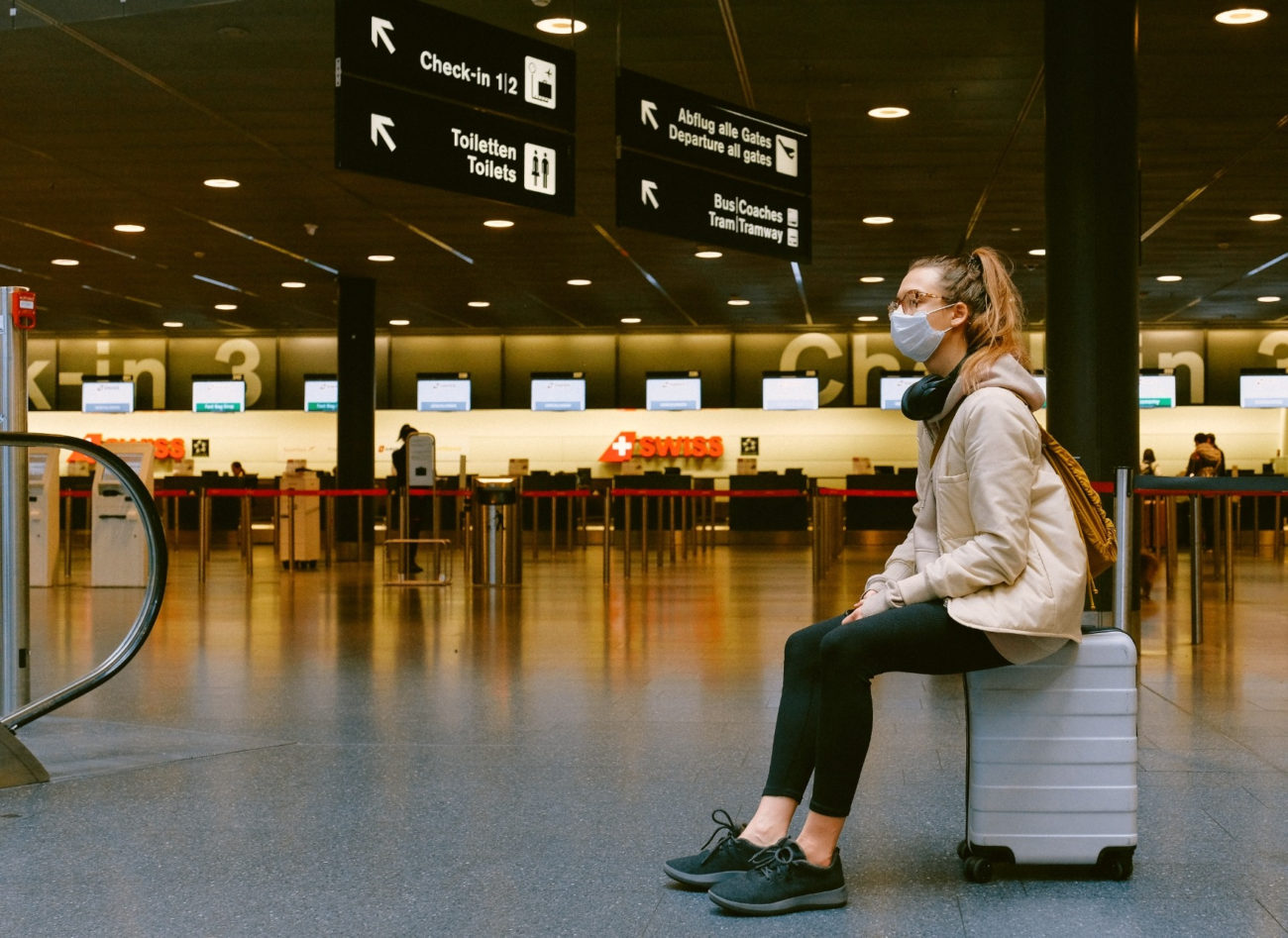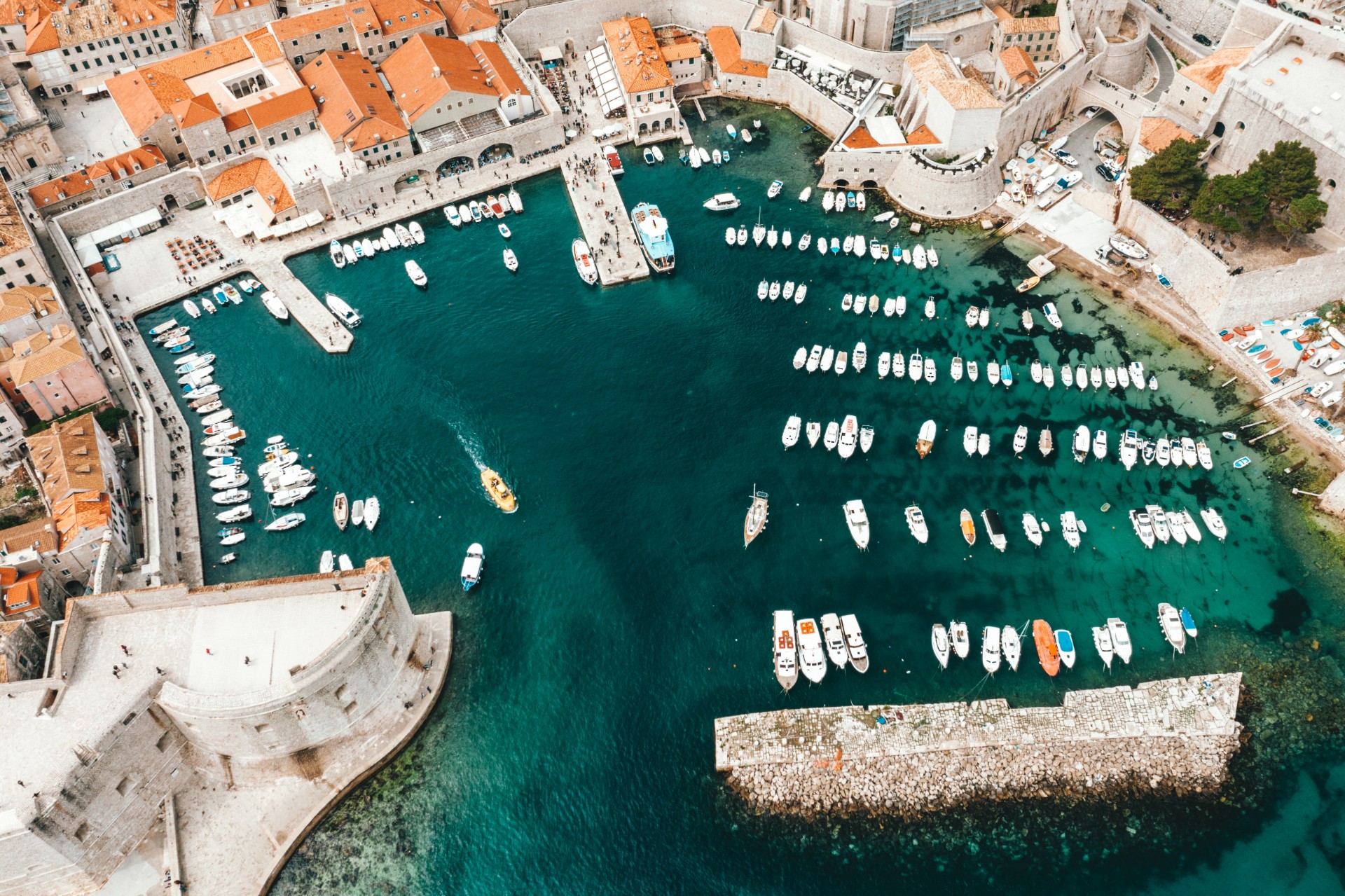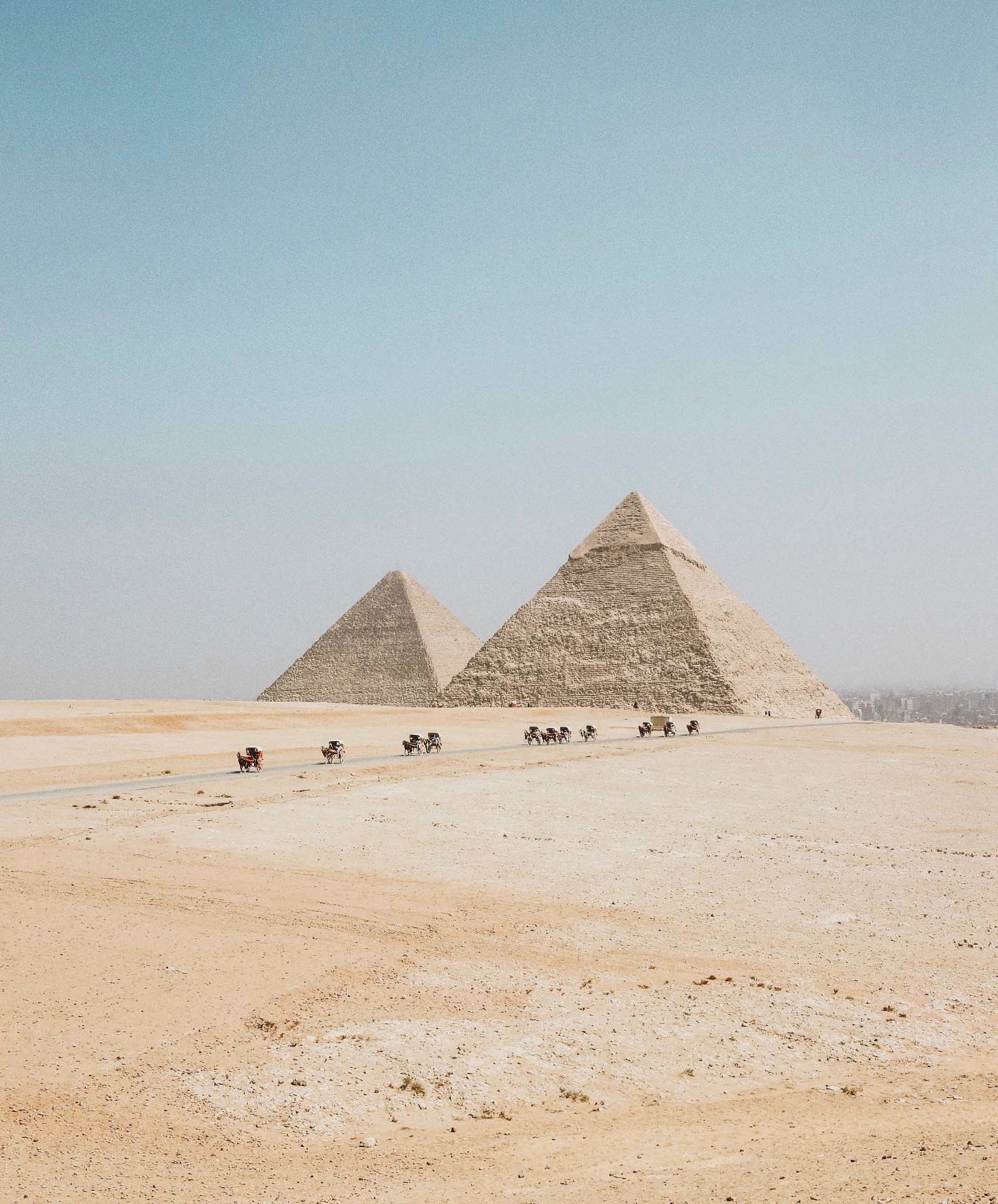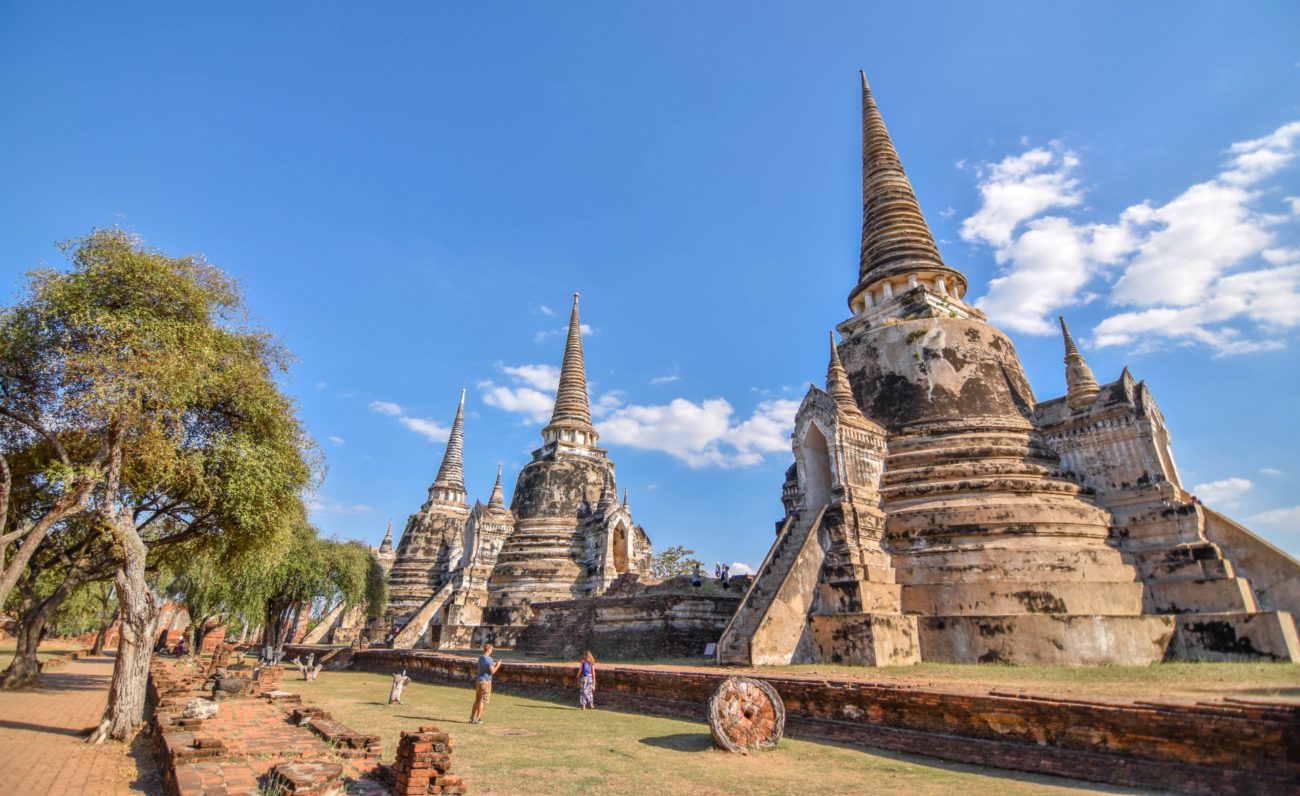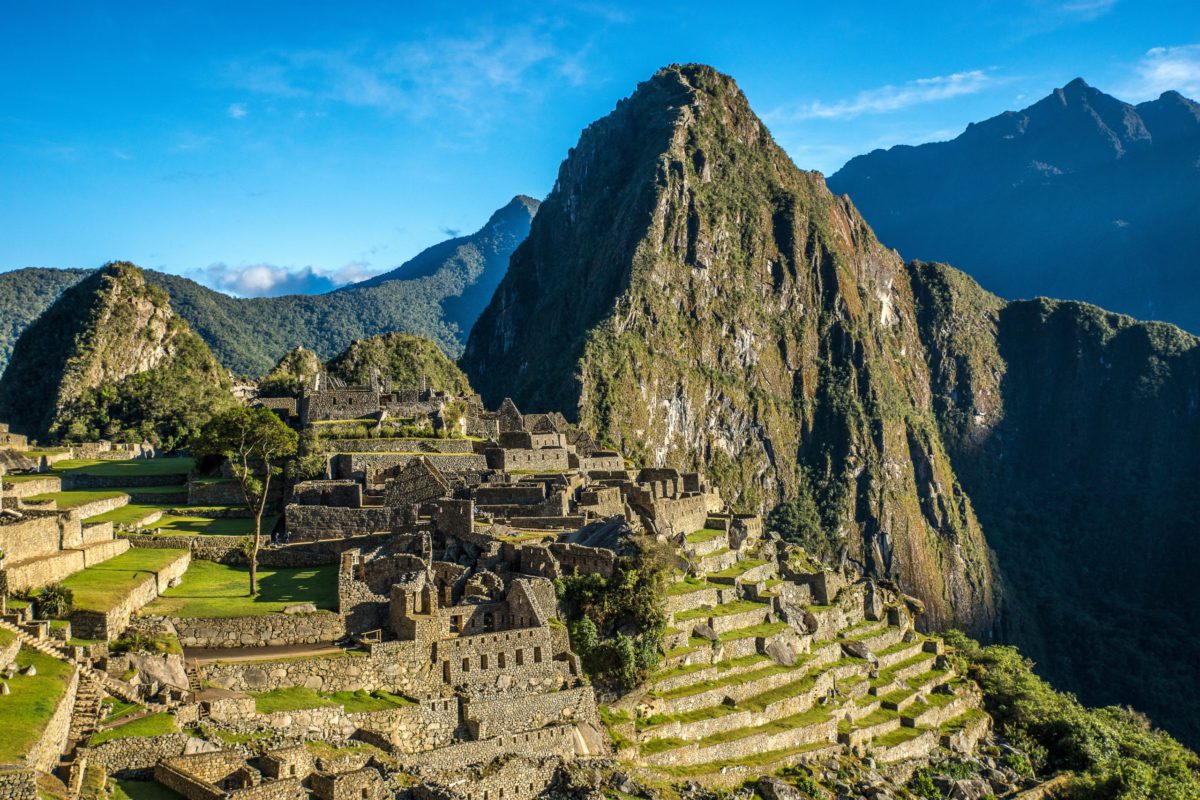COVID-19 has greatly affected the way tourism works around the world and we understand that you may have reservations to travel in this new era of uncertainty. The World Travel & Tourism Council (WTTC) recently launched the Safe Travels stamp to help set a standard in safety guidelines across various travel-related industries, from airports to hotels and everything in between. Read on to find out more about how this will impact your travel.
The WTTC awards the Safe Travels stamp to businesses and destinations that have adopted safety measures in line with the council’s Global Safe Travels Protocols. This allows you to make informed decisions about where to go and feel comfortable knowing that health and safety best practices are being met.
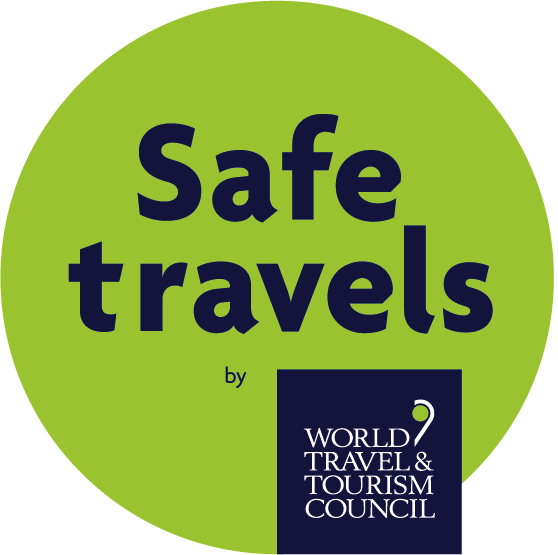
“The stamp is a critical step in re-establishing consumer confidence in Travel & Tourism and ensuring travelers can rest easy knowing that enhanced standards of hygiene are in place and they can once again experience ‘Safe Travels’.”
Gloria Guevara, WTTC President & CEO
What exactly is the WTTC and why are they doing this?
The WTTC represents some of the largest businesses in the travel and tourism sector. In developing standardized health and hygiene protocols under the Safe Travels initiative, the council worked alongside industry leaders, health experts, and world governments to tailor-make the best guidelines possible across all areas of travel. These protocols serve as a gateway to the future of travel as the world shifts to a new normal and travelers choose to be more cautious.
How the Safe Travels protocols will help you
While hotels, holiday rentals, attractions, airlines, and other companies continue to make an effort to increase safety, the Global Safe Travels Protocols are designed to ensure consistency is met across the board. As a traveler, this means as soon you spot the stamp, you will immediately recognize that WTTC standards are being implemented at the venue, saving you the hassle of having to dig deeper into the fine print of their COVID-19 policies, which may otherwise be inadequate or undesirable.
So what exactly are the Safe Travel protocols? The full guidelines cover 11 different industries across travel and tourism, but we’ve picked out some that might affect you the most.
Hotels and accommodation
- Implementing customer processes such as health/temperature checks
- Integrating automation technology where possible, such as contactless payment options
- Avoiding guest handling of food at buffets
- Offering delivery room service as a solution, ideally via no-contact delivery methods
- Implementing enhanced sanitation, disinfection, and deep cleaning measures, as well as increasing the frequency of these measures
- Evaluating and considering innovations such as electrostatic spraying technology, EPA-based air filtration, and UVC light to enhance cleanliness and disinfection
- Reviewing cleaning protocols for areas such as elevators, guestrooms, washrooms, fitness clubs, and common areas, with a focus on high-frequency touchpoints (room key cards, door handles, light switches, etc)
- Re-training hotel staff regarding infection control, physical distancing, and enhanced hygiene measures such as hand washing and the use of masks and gloves, to the standards recommended by local health authorities
Airports and planes
- Providing sanitation stations to visitors in the form of alcohol-based hand sanitizer in high-traffic areas throughout the airport
- Modifying security procedures to minimize pat-downs and face-to-face contact in alignment with local legislation
- Conducting online check-ins and implementing self-bag drop options to limit interactions between passengers and check-in agents
- Reviewing cleaning protocols for self-service equipment, baggage trolleys, counters, security checkpoints, washrooms, elevators, hand-rails, boarding areas, and other high-frequency touchpoints
- Implementing health screening measures while minimizing interruptions to airline and airport operations
- Considering alternate boarding processes of the plane, such as from back to front, window to aisle
- Mandating the use of face masks throughout flights according to a risk-based approach
- Limiting the amount of movement in the cabin as much as possible
Entertainment and attractions
- Reducing participant capacity limits in venues that take into account things such as queue length, waiting areas, and pre-shows, and adjusting accordingly to allow for physical distancing
- Exploring the feasibility of staggered entry timings
- Considering unique guidance for specific attractions — for example, ensuring face masks do not present a loose-article hazard should they be required on rides
- Implementing enhanced sanitation, disinfection, and deep cleaning measures, as well as increasing the frequency of these measures
- Providing sanitation stations to visitors in the form of alcohol-based or hypochlorous acid water hand sanitizer in high-traffic areas such as entrances, exits, food and beverage locations, and merchandise shops
- Developing online check-in and contactless check-out procedures where possible
Adventure tourism — tour operators and companies
- Sharing guest guidelines ahead of the trip/activity digitally and in-person upon arrival, taking into account advice from local health authorities, which may include regulations on wearing face masks and social distancing measures
- Promoting contact tracing apps if required by local legislation
- Mapping out alternate routes and activity areas to implement crowd control and promote physical distancing, while considering topography, difficulty level, and environmental conditions such as snow, sea, river, and water conditions
- Considering different options for operations such as implementing timed entries, advanced tickets, staggered launch/land times, and alternate route starting points
- Considering mandatory face coverings, safe distancing protocols, or separate transport where possible while transporting guests between meeting points, taking into account the duration of the trip and ventilation of transport
- Reminding guests to keep a safe distance from wildlife as a precaution in the rare case of human-to-animal virus transmission
- Encouraging guests to purchase tickets online or make cashless transactions if possible
- Ensuring guests handle their own equipment and gear for the duration of the trip
- Encouraging guests to bring their own equipment or gear (e.g. skis, helmets, bikes) where possible
Note: The Safe Travels stamp is based on self-assessment — it is not a certification. However, all industry bodies awarded with the stamp must confirm that they have implemented the protocols outlined by the WTTC, and ensure ongoing compliance with guidelines.
Where else can I expect to see this stamp?
Travel-related companies and public destination authorities around the world may choose to carry the Safe Travels stamp once they meet the WTTC guidelines. In addition to hotels, airports, airlines, attractions, and tour operators, the following entities may also use the stamp:
- National, regional, and municipal governments
- Restaurants
- Cruise lines
- Car rental companies
- Outdoor retail shops
Which destinations are using the Safe Travels stamp?
As of July 27, 2020, the following destinations have been awarded the Safe Travels stamp.
| Country | Destination | Authority |
| Aruba | Aruba | Aruba Tourism Authority |
| Austria | Vienna | Vienna Tourist Board |
| Brazil | Rio Grande | Rio Grande Secretary of Culture and Tourism |
| Brazil | Salvador | Salvador Empresa Potiguar de Promoção Turística S.A – Emprotur |
| Bulgaria | Bulgaria | Ministry of Tourism |
| Canada | Cariboo Chilcotin Coast | Cariboo Chilcotin Coast Tourism Association |
| Canada | Northern British Columbia | Northern BC Tourism Association |
| Canada | Thompson Okanagan | Thompson Okanagan Tourism Association |
| Costa Rica | Costa Rica | Costa Rica Tourism Institute |
| Croatia | Croatia | Ministry of Tourism |
| Ecuador | Riobamba | Municipio de Riobamba |
| Egypt | Egypt | Ministry of Tourism |
| Jamaica | Jamaica | Ministry of Tourism |
| Jordan | Jordan | Ministry of Tourism & Antiquities |
| Kenya | Kenya | Ministry of Tourism & Wildlife |
| Mauritius | Mauritius | Mauritius Tourism Authority |
| Mexico | Baja California Sur | Baja California Sur |
| Mexico | Campeche | Campeche |
| Mexico | Guanajuato | Guanajuato State |
| Mexico | Jalisco | Jalisco State Secretary |
| Mexico | Michoacan | Michoacan State |
| Mexico | Riviera Nayarit | Nayarit – Riviera Nayarit |
| Mexico | Oaxaca | Oaxaca State |
| Mexico | Quintana Roo | Quintana Roo – Cancun/Mexico Carribean |
| Mexico | Sinaloa | Sinaloa State |
| Mexico | Tabasco | Tabasco State |
| Mexico | Tamaulipas | Tamaulipas State |
| Mexico | Yucatán | Yucatán |
| Panama | Panama | Autoridad de Turismo de Panamà |
| Portugal | Portugal | Turismo de Portugal |
| Russia | St. Petersburg | St. Petersburg Committee for Tourism Development |
| Rwanda | Rwanda | Rwanda Development Board |
| Saudi Arabia | Saudi Arabia | Ministry of Tourism |
| Slovenia | Slovenia | Slovenian Tourist Board |
| South Africa | Stellenbosch | Visit Stellenbosch |
| South Africa | Drakenstein | Drakenstein Local Tourism Association |
| Spain | Seville | Congresos y Turismo de Sevilla |
| Spain | Malaga | Malaga – ProMálaga |
| Spain | Barcelona | Tourism Barcelona |
| Spain | Madrid | Turismo del Ayuntamiento de Madrid |
| Spain | Alicante | Patronato Municipal de Turismo de Alicante |
| Spain | Córdoba | Instituto Municipal de Turismo de Córdoba (IMTUR) – Ayuntamiento de Córdoba |
| Spain | Santiago – Incolsa | Turismo de Santiago – Incolsa, City Council |
| Spain | Benidorm | Visit Benidorm |
| Tanzania | Tanzania | Ministry of Natural Resources and Tourism |
| Trinidad and Tobago | Tobago | Tobago Tourism Agency |
| Tunisia | Tunisia | Ministère du Tourisme et de l’Artisanat |
| Turkey | Turkey | Tourism Board |
| Ukraine | Ukraine | National Tourism Organization of Ukraine |
| UAE | Ras Al Khaimah | Ras Al Khaimah Tourism Development Authority |
| UAE | Dubai | Dubai Tourism |
| UAE | Sharjah | Sharjah Commerce & Tourism Development Authority |
While there is still a long way to go before anyone can feel entirely comfortable in the travel space, the Safe Travels stamp can help tourists feel more comfortable knowing that enhanced standards of hygiene are in place to mitigate the spread of COVID-19.
About TourHero
TourHero is a social travel platform that enables you to travel with like-minded people and fall in love with the journey. We work closely with handpicked local operators to ensure every experience curated is unique and exclusive to your travel group. Come with us on epic adventures and create memories that last a lifetime!
